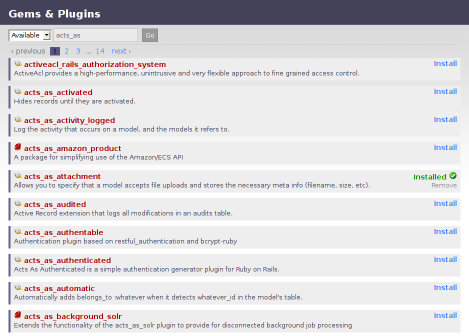Hi. I'm Adam Wiggins, cofounder and CTO of Heroku.
Heroku has been my life’s work. Millions of apps depend on us, and I take that responsibility very personally.
Recently, Heroku has faced criticism from the hacker community about how our HTTP router works, and about web performance on the platform in general. I’ve read all the public discussions, and have spent a lot of time over the past month talking with our customers about this subject.
The concerns I've heard from you span past, present, and future.
The past: some customers have hit serious problems with poor web performance and insufficient visibility on their apps, and have been left very frustrated as a result. What...















